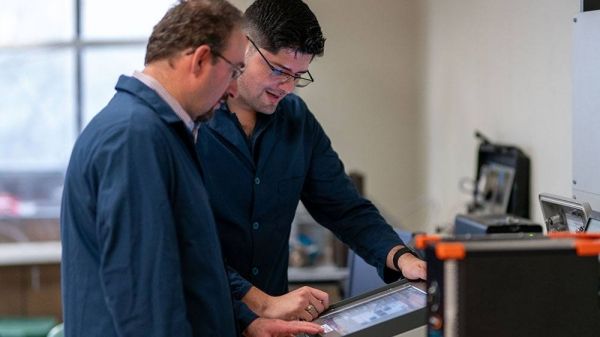Drilling into the Earth to tap energy reservoirs is expensive and risky. Rapid decisions based on accurate information could reduce equipment failure or accidents and quicken the time it takes to drill a well. Yet, current well imaging only gives a limited, static picture of the underground environment to drilling operators.
To improve safety and cut costs, the United States Department of Energy Small Business Innovation Research Program has awarded a $192,763 Phase I grant to E-Spectrum Technologies and Eduardo Gildin, associate professor in the Harold Vance Department of Petroleum Engineering at Texas A&M University, to create an advanced advisory system that accurately depicts underground conditions in real time during drilling operations.
E-Spectrum has a hardware package that can be installed behind the drill bit. The software currently uses algorithms provided by Gildin to gather and filter data from bit vibrations, speed or sound changes, and temperature or pressure changes. But while the E-spectrum unit can quickly assess underground conditions and refine the data, it cannot do much more.
“The system in the well hole is robust, but has limited space and memory to store and process all the data collected by the sensors,” Gildin said. “With our new algorithm, it processes the information in the hole and transmits the detection of abnormal bit behavior in real time to the surface for review and storage. This way, the surface unit can refine the information to see the conditions in the hole from a 360-degree bird’s eye view and better predict issues so the driller can take action before problems happen.”
Continue reading at Texas A&M University
Image via Texas A&M University


